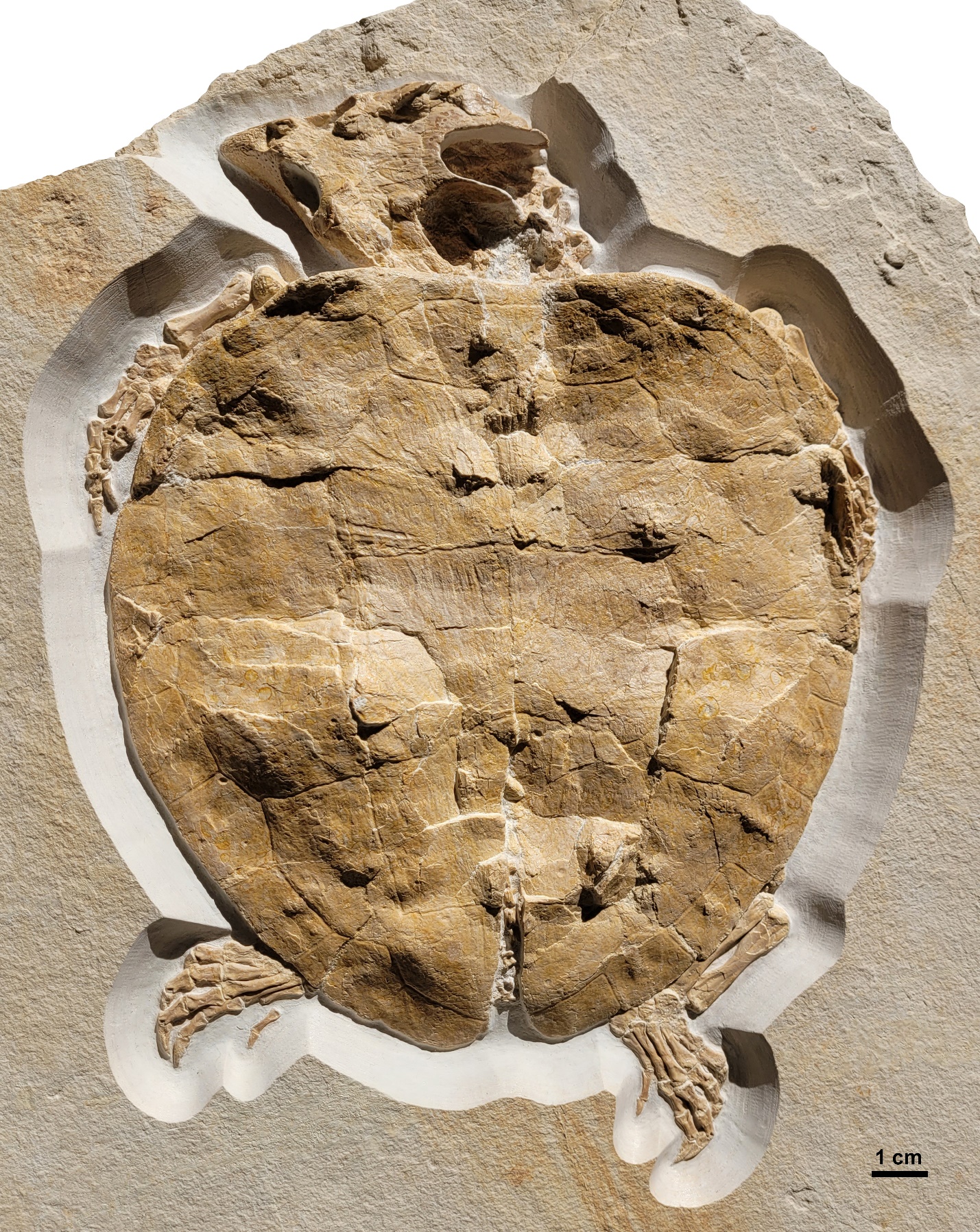Across the world, there are some extremely important fossil sites that have provided scientists with an array of fossil specimens that help determine all sorts of information about the way these creatures once roamed across the land and seas of ancient Earth. Now, a new specimen of an ancient turtle species has been uncovered in Germany, amazingly well preserved, and helps to explain how it lived all those years ago.
Near Painten in southeastern Germany, researchers have uncovered a new specimen of the turtle species Solnhofia parsonsi from the Torleite Formation of Painten and stored in the Dinosaurier Museum Altmuehltal. This area is known as the Franconian Alb and contains large amounts of marine sedimentary rocks from the Lower and Upper Jurassic. The specific area in which the turtle specimen was found had only begun to be investigated in the last 20 years and has provided a wealth of specimens in different taxonomic groups. The variation in specimens led scientists to suggest that this area would have been once connected to the open sea.
The new specimen is exceptionally well preserved with a complete skull and skeleton visible. However, it can only be looked at from the top of the shell down. The team compared the specimen to other previously known fossils of the same species. This is the first fossil with nearly complete limbs, which helps the team understand more about the turtles’ behavior.
The inclusion of the paddles in the fossil helped the team understand in the environment where the turtle would have lived.
Image Credit: Augustin et al., 2023, PLOS ONE, CC-BY 4.0
The team thinks that the way the turtle’s paddles are arranged in this species suggest that it did not have a fully pelagic lifestyle and did not spend all large amounts of time on the open sea. Instead, they reason that the paddle formation along with difference in tail length suggests that this turtle’s ecology was more suited to being a coastal marine species.
The paper is published in PLOS ONE.
Source Link: Extremely Well Preserved Turtle Specimen Sheds Light On Species Ecology
